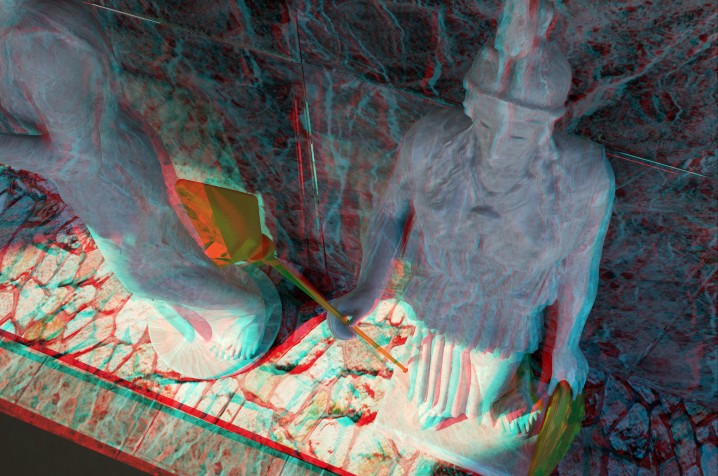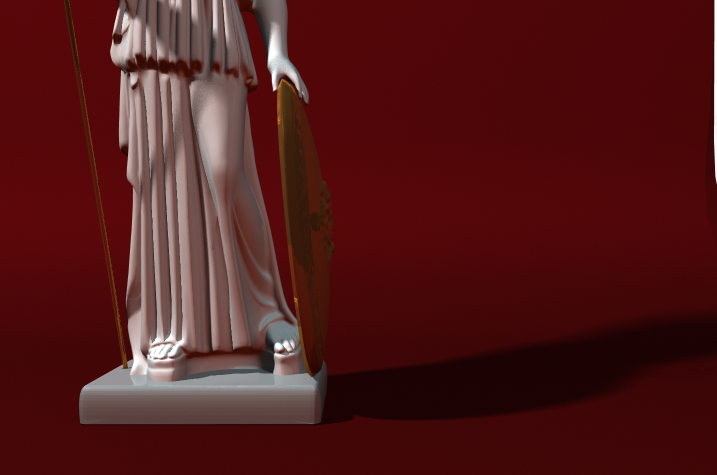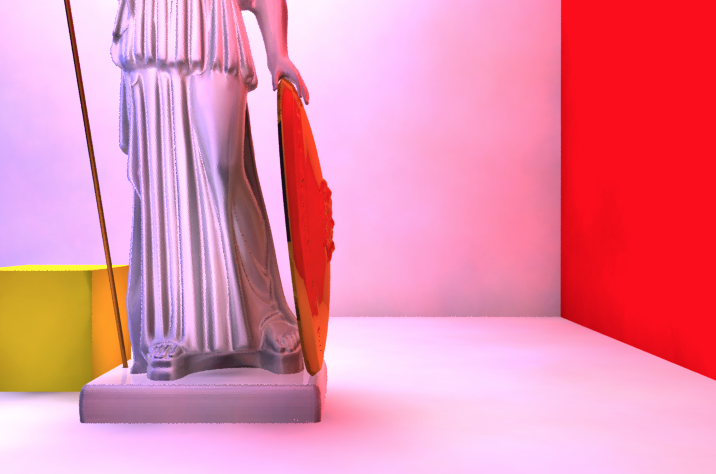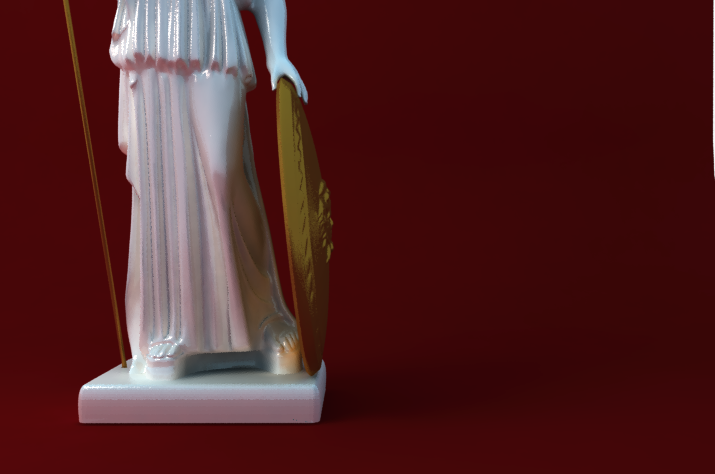Maya Render Tests
These render tests are for the first class assignment of VSFX 752 3D Lighting and Rendering produced in January, 2014. |
Note: As for the assignment’s requirement, these four render test were render using the same shader and camera position,t at 720 x 480 resolution and in TIFF format.
|
|
Description of the four images
|
|
Stereo Render in Anaglyph
Light Animation
Comparison and Conclusion
|
Below is a comparison of three render technique that are commonly in use, as well as a comparison between default shader and renderer optimised shaders.
|
RaytracingSoftware Renderer
Pros
Cons
|
Global IlluminationMental Ray
Pros
Cons
|
Final GatherMental Ray
Pros
Cons
|
Default Shader“Lambert”, “Blinn”, etc
Pros
Cons
|
Renderer Optimised Shader“mia_material”, “VRayMtl”, etc
Pros
Cons
|



